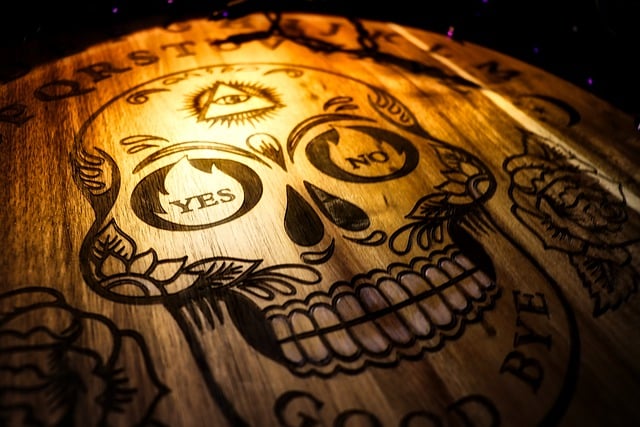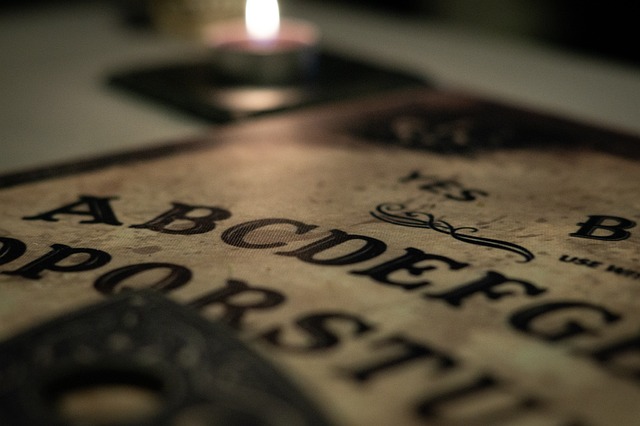The Ouija Board
A Mysterious Tool of Spiritual Communication
Origins and Early History
The Ouija board, a seemingly simple board game that claims to facilitate communication with the spirit world, has a fascinating and controversial history that spans over a century. Invented in 1890 by William Fuld, the board was originally marketed as a parlor game during the Spiritualism movement of the late 19th century, a time when interest in communicating with the dead was at its peak.

Mechanics and Design
The traditional Ouija board consists of a flat board marked with the letters of the alphabet, numbers 0-9, and the words “YES,” “NO,” and “GOODBYE.” A heart-shaped or triangular planchette, typically made of wood or plastic, serves as a movable pointer. Users place their fingers lightly on the planchette, which supposedly moves to spell out messages from spirits or the subconscious.
Cultural and Psychological Perspectives
From a psychological standpoint, the Ouija board’s movements can be explained by the ideomotor effect—an unconscious muscular movement triggered by suggestion or expectation. Participants inadvertently move the planchette, believing it to be guided by supernatural forces. This phenomenon demonstrates the powerful influence of suggestion and collective belief.
Popularity and Controversy
Throughout the 20th century, the Ouija board maintained a complex reputation. While some viewed it as an innocent game, others considered it a dangerous tool for spiritual communication. Religious groups, particularly some Christian denominations, have condemned the board as a means of inviting demonic possession. Paranormal investigators and skeptics continue to debate its legitimacy.

Commercial Success and Cultural Impact
Parker Brothers (now part of Hasbro) acquired the Ouija board in 1966, transforming it from a niche spiritual tool to a mainstream board game. Its popularity has been further cemented by numerous horror movies and popular culture references, which often portray the board as a conduit for supernatural encounters.
Scientific and Skeptical View
Most scientific researchers classify Ouija board experiences as a form of ideomotor response or unconscious suggestion. Controlled studies have consistently shown that the seemingly mysterious movements can be attributed to participants’ involuntary muscular actions, rather than supernatural intervention.
Modern Usage and Perception
Today, the Ouija board remains a polarizing object. Paranormal enthusiasts continue to use it for supposed spirit communication, while skeptics view it as an elaborate psychological trick. Its enduring popularity speaks to humanity’s persistent fascination with the unknown and the possibility of communication beyond the physical realm.